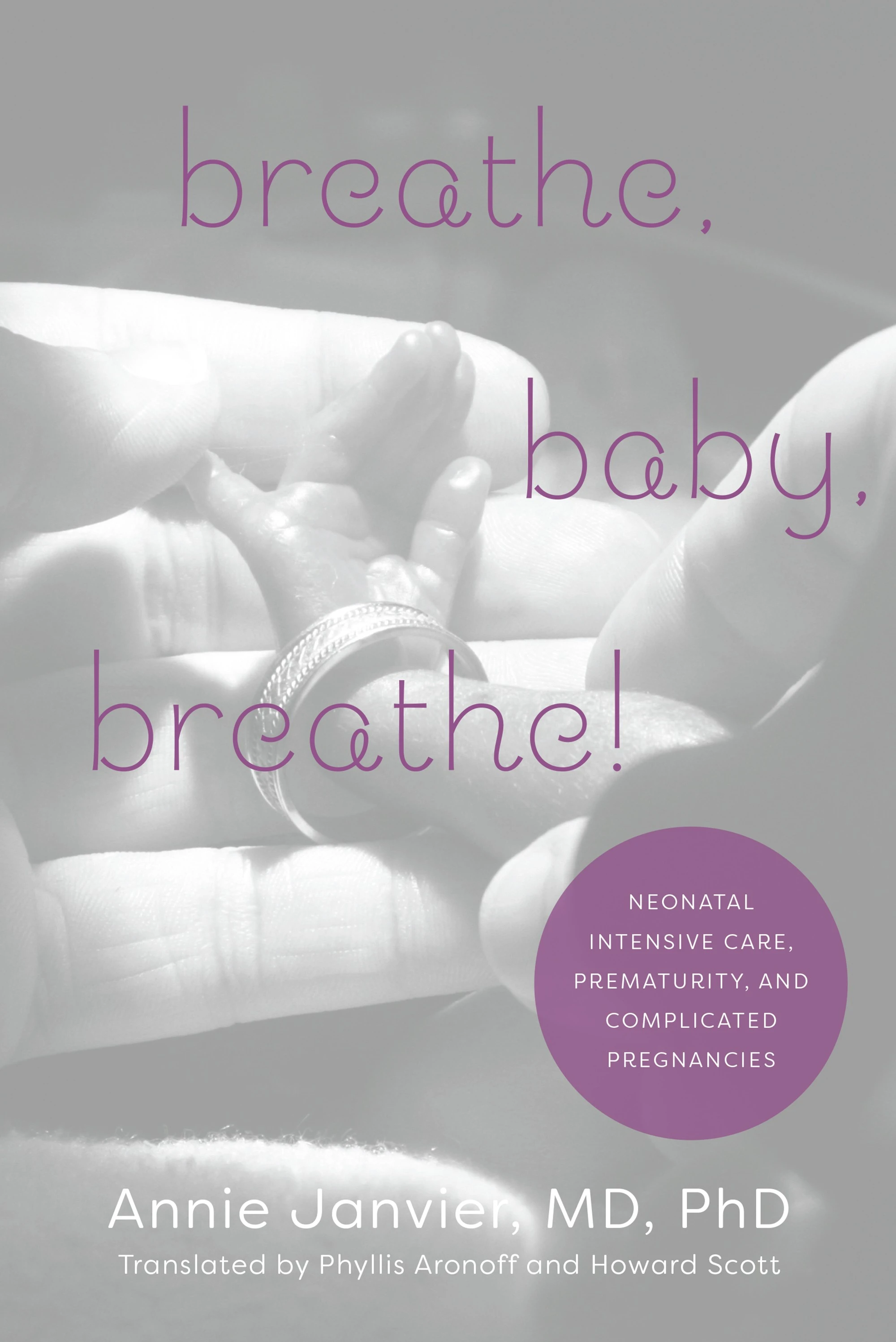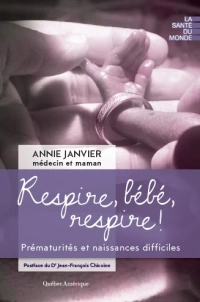- The Support Study Group. (2010). Early CPAP versus surfactant in extremely preterm infants. The New England journal of medicine, 362(21), 1970-1979. http://www.nejm.org/doi/full/10.1056/NEJMoa0911783
The early CPAP arm of the SUPPORT factorial trial. 1300 babies 24 to 28 weeks gestation were randomized to get either CPAP starting in the delivery room, or intubation in the delivery room followed by surfactant within an hour. There was no significant difference in the primary outcome (death or BPD) most of the non-significant differences were better in the CPAP group.
- The Support Study Group. (2010). Target ranges of oxygen saturation in extremely preterm infants. The New England journal of medicine, 362(21), 1959-1969. http://www.nejm.org/doi/full/10.1056/NEJMoa0911781
The oxygen target ranges arm of the factorial SUPPORT trial. 1300 babies 24 to 28 weeks gestation were randomized to target saturation limits of either 85 to 89% or 91 to 95%. Severe retinopathy was more frequent in the high saturation group, death was more frequent in the low saturation group.
- Boost II UK Collaborative Group, Boost II Australia Collaborative Group, Boost II New Zealand Collaborative Group, Stenson BJ, Tarnow-Mordi WO, Darlow BA, Simes J, Juszczak E, Askie L, Battin M et al: Oxygen saturation and outcomes in preterm infants. The New England journal of medicine 2013, 368(22):2094-2104. http://www.ncbi.nlm.nih.gov/pubmed/23642047
Publication of the combined early outcomes of 3 trials that were co-ordinated as part of the NeoProm collaboration. Together with the SUPPORT trial and the Canadian Oxygen Trial (COT) the evidence is very clear that targeting saturations between 85 and 89% increases mortality compared to 91 to 95%, but the higher saturations lead to more severe retinopathy, but with modern treatment do not lead to more serious visual impairment.
- Boost-II Australia United Kingdom Collaborative Groups, Tarnow-Mordi W, Stenson B, Kirby A, Juszczak E, Donoghoe M, Deshpande S, Morley C, King A et al: Outcomes of Two Trials of Oxygen-Saturation Targets in Preterm Infants. The New England journal of medicine 2016, 374(8):749-760. http://www.ncbi.nlm.nih.gov/pubmed/26863265
This is the longer term outcomes, for the BOOST-II Australia and BOOST-II UK trials which showed that “Use of an oxygen-saturation target range of 85 to 89% versus 91 to 95% resulted in nonsignificantly higher rates of death or disability at 2 years in each trial but in significantly increased risks of this combined outcome and of death alone in post hoc combined analyses.”
- Schmidt B, Whyte RK, Asztalos EV, Moddemann D, Poets C, Rabi Y, Solimano A, Roberts RS, Canadian Oxygen Trial Group: Effects of targeting higher vs lower arterial oxygen saturations on death or disability in extremely preterm infants: a randomized clinical trial. JAMA 2013, 309(20):2111-2120. http://www.ncbi.nlm.nih.gov/pubmed/23644995
The results of COT in isolation showed very little; including no difference in the primary outcomes or in the incidence of retinopathy or mortality. The direction of the differences was the same as the other trials, but there was little statistical significance. As the directions of change are the same, there is a great likelihood that a systematic review will confirm the findings of increased mortality with the lower saturations. I will put a link here when it is published.
- Askie LM, et al. Effects of targeting lower versus higher arterial oxygen saturations on death or disability in preterm infants. Cochrane database of systematic reviews (Online). 2017;4:Cd011190.
Here it is! And exactly as you would guess from the individual trials, which all had similar results, the systematic review showed that “Compared with a higher target range, a lower target range significantly increased the incidence of death at 18 to 24 months corrected age (typical RR 1.16, 95% CI 1.03 to 1.31; typical RD 0.03, 95% CI 0.01 to 0.05; 5 trials, 4873 infants) (high-quality evidence) and necrotising enterocolitis (typical RR 1.24, 95% 1.05 to 1.47; typical RD 0.02, 95% CI 0.01 to 0.04; 5 trials, 4929 infants; I² = 0%) (high-quality evidence). Targeting the lower range significantly decreased the incidence of retinopathy of prematurity requiring treatment (typical RR 0.72, 95% CI 0.61 to 0.85; typical RD -0.04, 95% CI -0.06 to -0.02; 5 trials, 4089 infants; I² = 69%) (moderate-quality evidence). There were no significant differences between the two treatment groups for major disability including blindness, severe hearing loss, cerebral palsy, or other important neonatal morbidities.”
The primary, composite, outcome of ‘death or major disability’ was not different between groups. Which is one of the big problems with composites, if the components change in opposite directions then the overall significance may be lost. But being dead and having a low Bayley score are not equivalent; indeed having a Bayley version 3 cognitive or language score under 85 was considered to be a “major disability” which it is not.
Take-home message, saturation targets in the low 90’s decrease mortality and NEC, without clear adverse long term effects compared to saturation targets in the high 80’s. Retinopathy requiring treatment is increased, but there is no increase in blindness.
___________________________________________
- Askie LM, Henderson-Smart DJ, Irwig L, Simpson JM. Oxygen-saturation targets and outcomes in extremely preterm infants. The New England journal of medicine. 2003;349(10):959-67.
This trial is why the newer trials are called BOOST 2, this is BOOST 1. At the time this trial was done, there was no good evidence for infants with early BPD to know what saturation we should be aiming for. http://www.nejm.org/doi/full/10.1056/NEJMoa023080 358 babies of less than 30 weeks gestation were randomized when they reached 32 weeks gestation and still needed oxygen. On average the subjects were 26 1/2 weeks gestation and 900 grams birthweight. The saturation targets were 91 – 94% or 95 – 98%. This was the trial that first used the masked pulse oximeters, that were rigged to read either higher or lower, by 2%, than the true saturation. So all caregivers aimed to have a reading of 93 to 96% on the oximeter display. There was no advantage to higher saturations, indeed babies were more likely to go home on oxygen.








